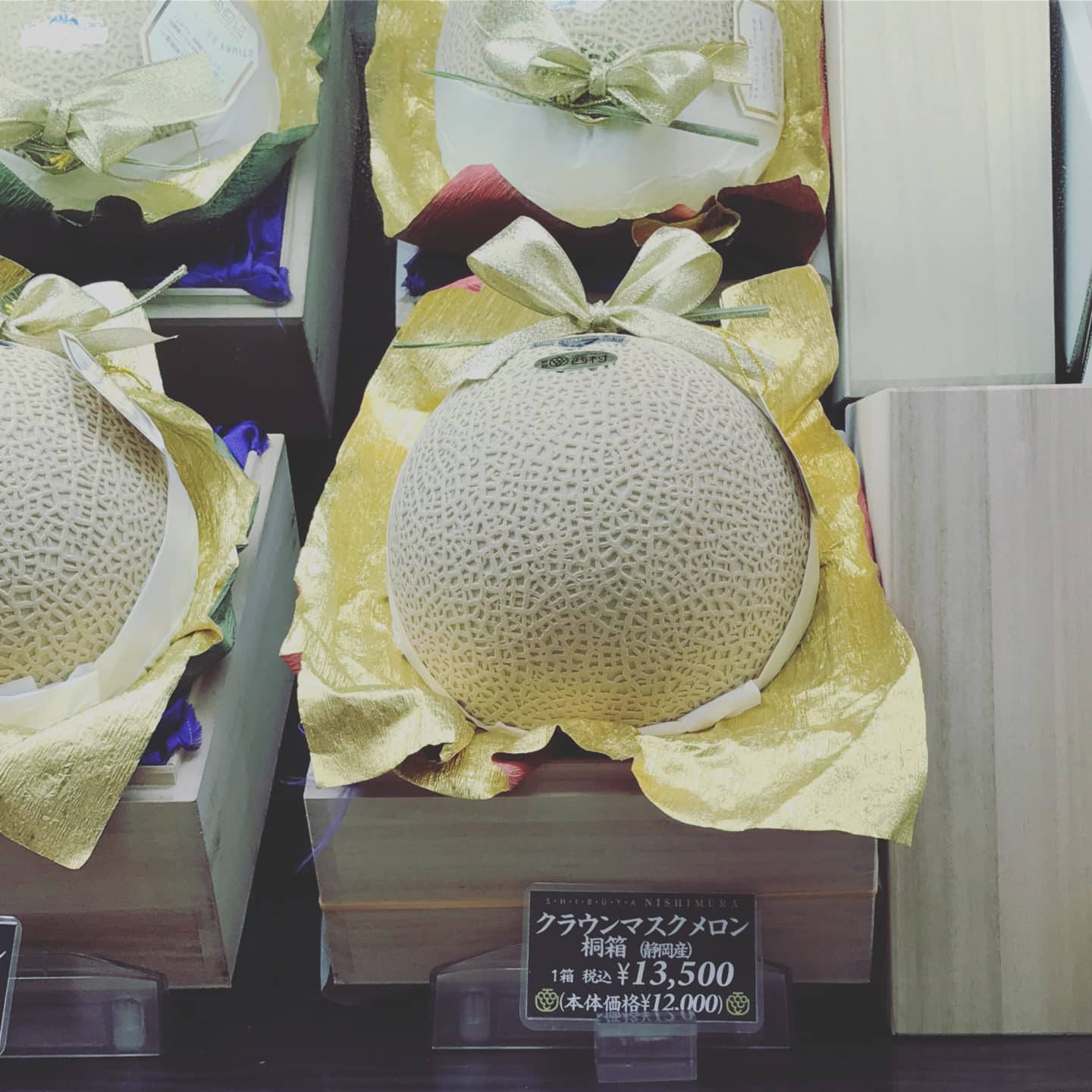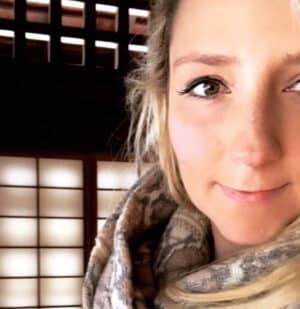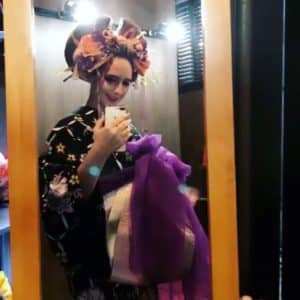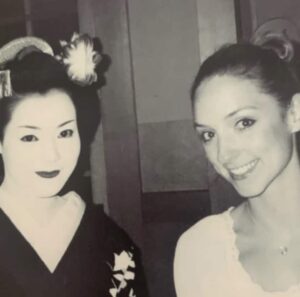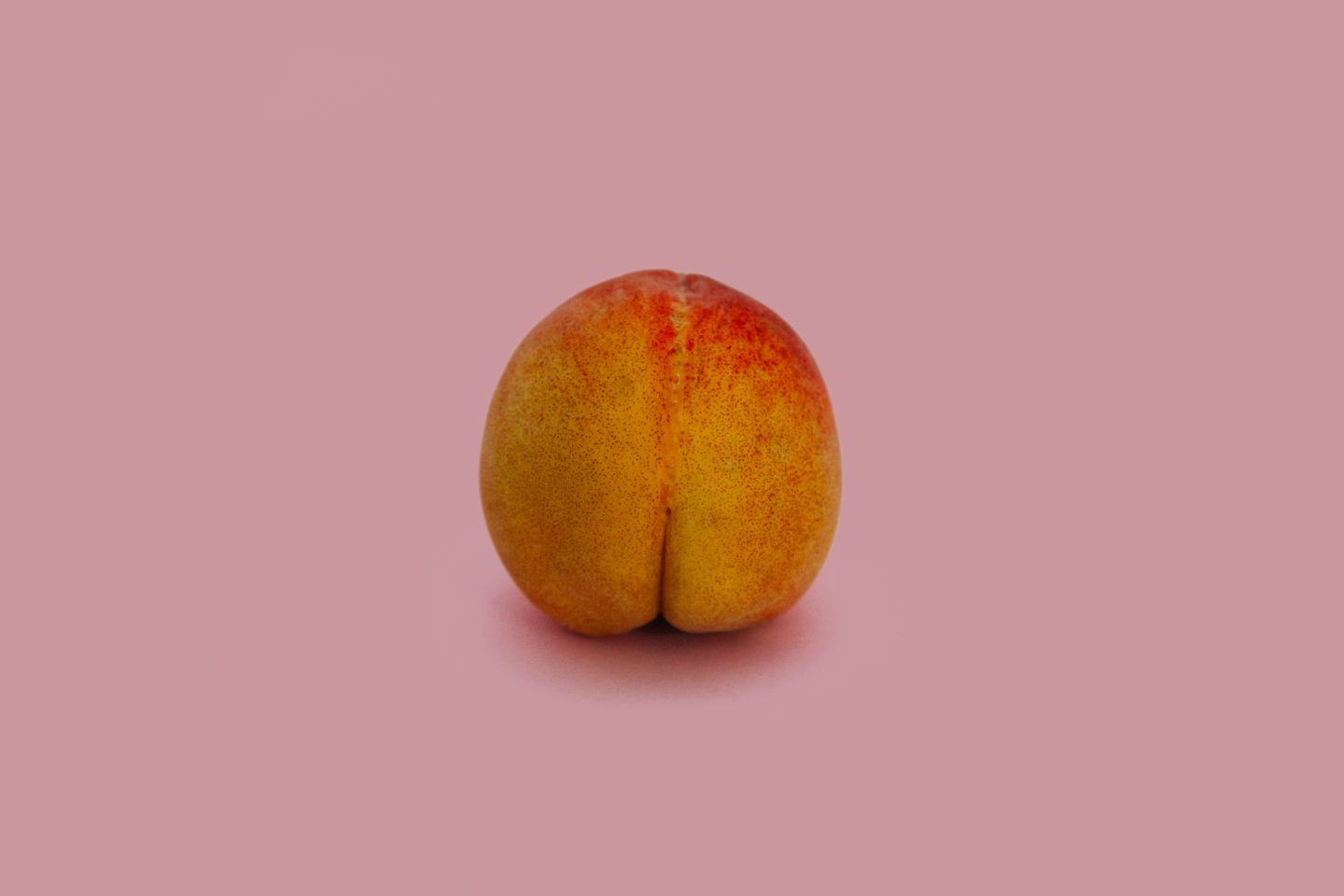
JAPAN MYTHS: ALL FRUIT IS EXTORTIONATELY EXPENSIVE
This is a juicy, juicy ( see what I did there?) topic that people who have seen too many Japan fruit memes or youtube videos like to tell people who are packing their bags for a Japanese holiday.
Is it true ?
Absolutely not.
While in Japan, we eat fruit daily. It goes in school lunch boxes, is eaten at brekkie time with yogurt, in smoothies etc..

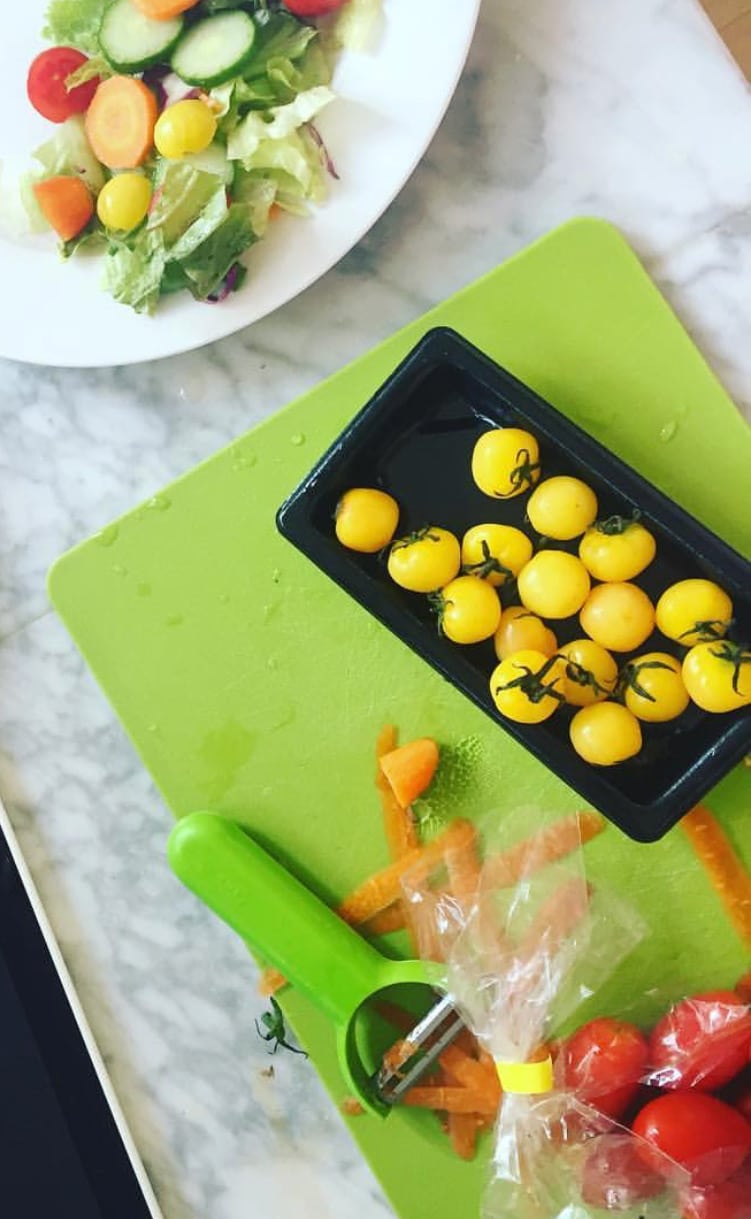
Is fruit expensive?
To be honest, I do find fruit and vegetables to be more expensive than Australia, the US and the UK but not to the point of not being able to purchase or consume without freaking out too much that the whole banana wasn’t completely gobbled up. The fruit tastes SOOOO much better too so I feel like the slightly elevated price is worth it.
The price varies depending if the fruit we are searching for is actually in season and when we find our selection more limited, understandably, we eat that fruit in smaller quantities.
So why do you always hear about these US$300 dollar melons for sale in Japan?
Because it is a real thing.
I know because, when I was an exchange student in the Japanese countryside when I was in my second last year of high school, I got a part time job in the fruit section of the fruit section of Mitsukoshi Department store.
My school found the job to keep me busy for my school winter vacation period and when I heard what it was I was pretty happy but I also thought, “ Yep. Makes sense. Have the foreign kid pack boxes of apples and sort through the rotten peaches all winter.. okay.. whatever.”
But on my first day I realized how wrong I was.
The fruit section was just as pretty and pristine as those duty free shops that you find at the airport. The lights were flurorescent and the store was like a library ( except for the store attendant’s taking turns at bellowing “irrashaimase” ( “welcome to the store!” – if you’ve been to Japan, you’ll know what I’m talking about. )
And then there was the fruit selection.
It looked more high-end “candyland” than wholesale boxes, like I had imagined.
Every apple was polished.
Most oranges were individually wrapped.
Almost every single item was sorted by colour and then size.
There were no bruised bananas or misshapen mangoes here.
There were fruits that I’d certainly never seen before.. or maybe I had …but I’ve never met a strawberry that looked almost inside out before. I mean, the dots were read and the outside flesh was white! Or green grapes that would give a golf ball a run for their money…
The next part of my training was to be shown the packing and delivery section. Still, smack bang in the middle of the store. The fruit was to be wrapped, placed inside a cooler bag and then another courier bag. And, no joke, that courier was back and forth to the store at least 6 times in an average working day. ( And this was 1997 and same day delivery, even back then shows you just how much the Japanese postal/delivery system has had it all in the “literal” bag for sooooooo long. )
And then I was quickly shown the “big ticket items.”
Now this is the stuff you’ve seen online.
These were individual cantaloupes wrapped up just as preciously as newborn babies. Sleeping soundly in a bed of polystyrene pillows in a shiny white box, the lid tightly tucked behind and then all wrapped in a clear gift bag with a ribbon and a shiny sticker.
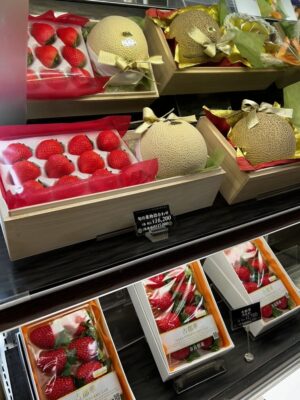
I tried so hard not to wobble when I spotted the price tags… 14,700 yen… 28,300 yen, 33,000 yen.
Even more expensive were the first fruits of the season.
How did they taste?
Now I’ll ever be able to justify filling my shopping trolley with those gift-wrapped babies – but, oh my goodness.. they were heavenly. Sweet, light, juicy.
They looked so perfect too. Almost too shiny and flawless to be real, even.
I mean, the poisoned apple that Snow White couldn’t resist? I’m just going to put it out there.. pretty sure that the wicked witch must have owned a Mitsukoshi Department store loyalty card….
So who buys fruit at the crazy prices then?
I’m sure you’ve now worked out that these are designed to be gifted. These are not a part of anyone’s weekly shop, not at all.
Japan, more than anywhere I’ve ever lived, values fresh, high quality produce that at the peak of the season.
This is why you will find the menu at a truly beautiful traditional Japanese will differ greatly to when you visited a few months earlier. The dishes and the ingredients evolve with the seasons.
High quality, seasonal produce, in Japan, is ,not only also seen as the ultimate indulgence and act of self-care, ( and this was a gazillion years before “ self-care” was a term that was thrown around at anything that felt remotely like work) but it can be a sign of status ( mainly coz now everyone in Japan knows that basket of berries cost the same as a fancy handbag!)
It took me a while to adjust to this idea of customers participating in this Japanese “luxury fruit” market but now… many, many more years later … if you think about it… it kind of makes more sense than spending 100 dollars on flowers. Flowers can’t be shared. Flowers don’t have nutritional value and aren’t half as impressive to pull out when you have visitors ( Okay… maybe that last point is more Japan specific than elsewhere … but , anyway…)
During that year in the Japanese countryside, my host mother had a close relative suddenly pass away. The next morning, a giant box of the most delicious, gift- wrapped ( as in, you wouldn’t be surprised if the Barbie Fun House was inside) box of ruby-red cherries arrived.
And by the afternoon, the kitchen counter was also adorned with a giant round melon – the stem still attached and 4 Nashi Pears all standing up straight in their custom-made baskets.
For the next few days, every time a guest visited, they were served a perfect wedge of green melon with a tiny dessert fork along with their green or barley tea. Some of the cherries were boxed up again or my Host Father to share with his colleagues in his office…. and another large portion of fruit was sent off to Grandma’s house.
But what if you want to buy everyday fruit for everyday consumption ( not the shiniest and most expensive option out there) ?
Supermarkets are the easiest way to start.
Google your closest LIFE, MARUNETSU, AEON, 100 YEN LAWSON, HANAMASA, NISSEN, PEACOCK or LINCOS. ( I write more about shopping in Japanese supermarkets here.)
Also, if you’re living in Japan, you may want to look into a Costco membership. That is one of the cheapest ways to buy fruit in large portions.
For a bigger range of organic options? Try googling for your neighborhood Bio C Bon ( they also sell nuts and some herbs in bulk and you can fill your own containers.)
Something that does take a while to get use to? Fruit is often sold per piece of fruit, not by the kilogram, like I’m used to in Australia.
Another option is to look for your closest local Farmers Market. If you’re in Tokyo, I really love the Farmer’s Market at UNU in Harajuku that is held every weekend. I talk more about that market in this Harajuku & Omotesando post here. I love Farmers Markets as those misshapen, blemished fruits finally get some love!
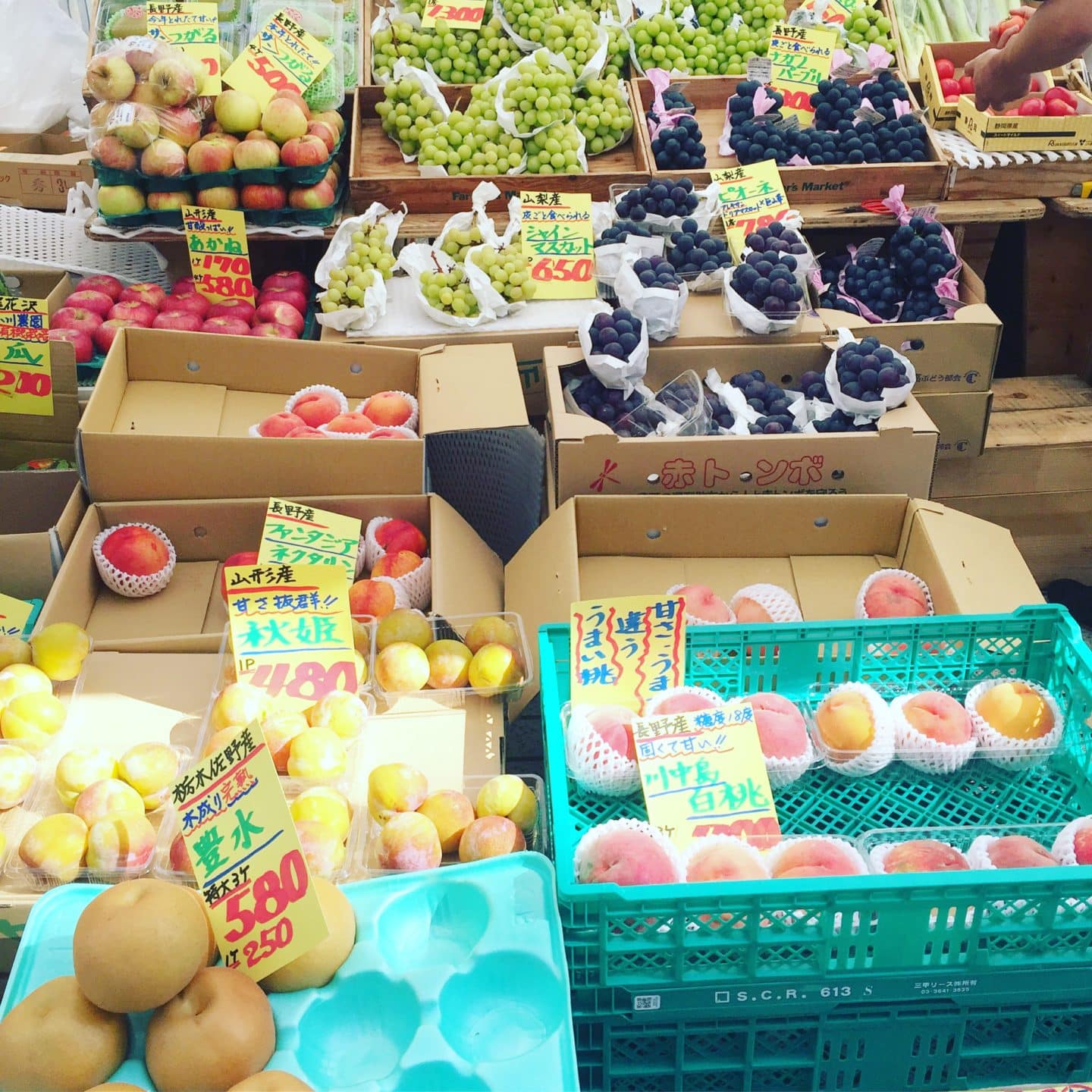
Another great options for when you are out and about? The convenience stores! I often buy cut up apple or pineapple ( it is next to the yoghurts and jellies) as well as bananas that are often right near the cash register. There are other healthy options at Japan’s 24 hour convenience stores – I mention our favourite options here. Most fruit options at convenience stores are between 100 – 300 yen. I know that isn’t supermarket/wholesale cheap.. BUT … it is a similar cost to a packet of chips or a chocolate bar and I know what I’d prefer my kids to have more often…
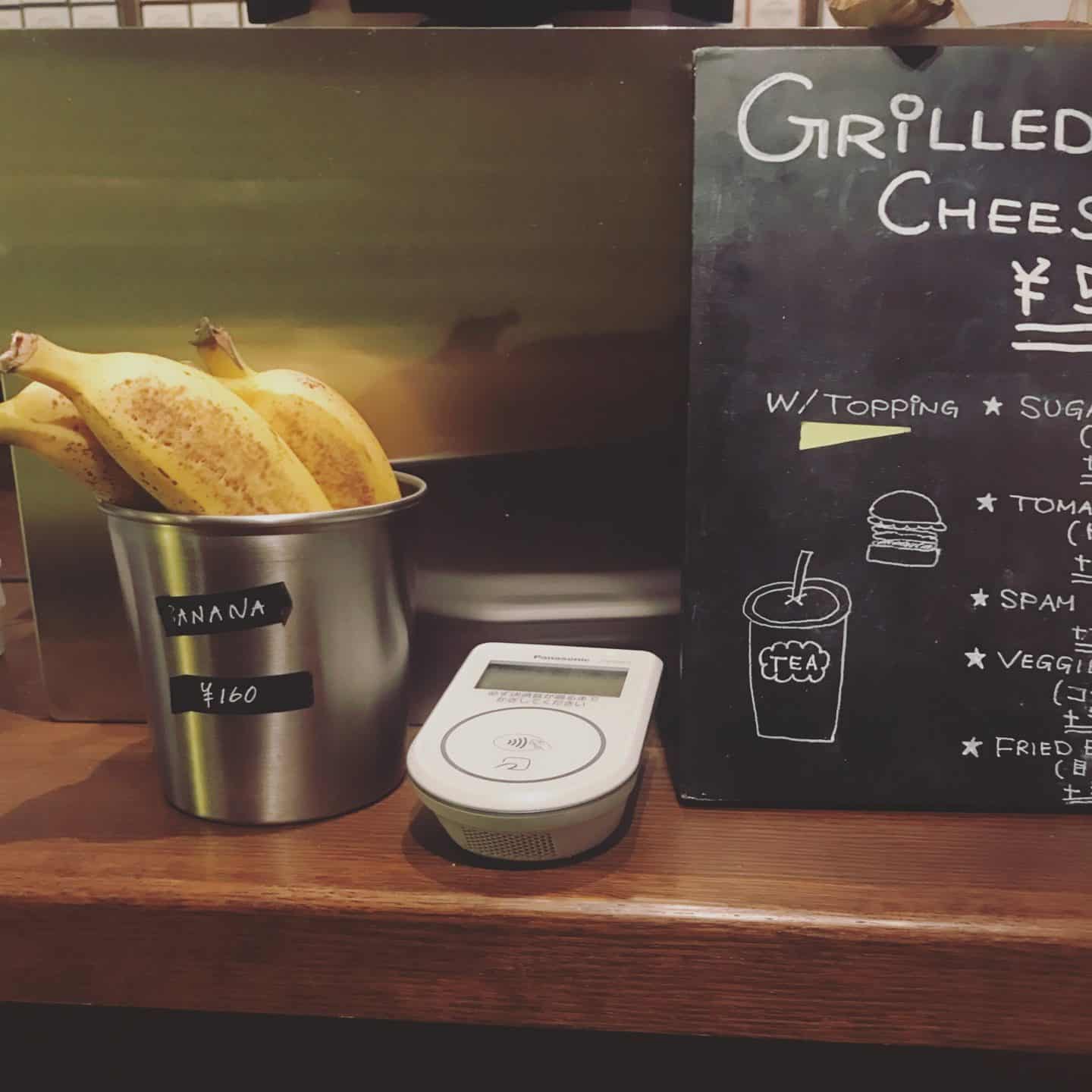
Just an FYI, fruits that I rarely see in Japan are blood plums and green apples. Also, I know its not a fruit but I rarely see beetroot and avocado in Japan either.
Like I said above, one way to keep fruit prices down is to shop with the seasons. Here is a great guide of what is in season when.
And what if you want to just see these luxury fruits for yourself ?
Head to the basement floor of most major department stores, even just for the sake of a photo. The food hall almost always has a posh fruit “corner.”
For a more specific place to visit, try Nishimura Fruits Parlor ( I talk about the exact address in my Shibuya post here) or in the basement food hall of Tokyu Department Store underneath Shibuya Station, near the Hachiko Exit.
